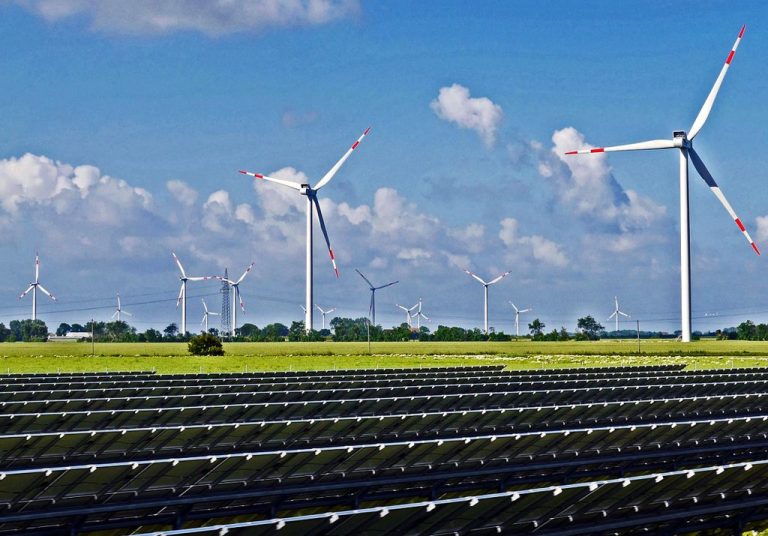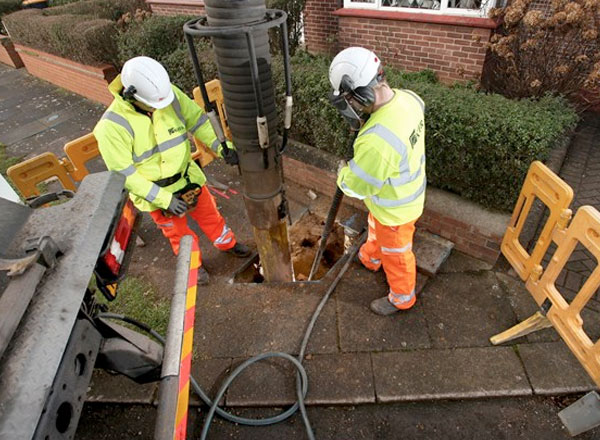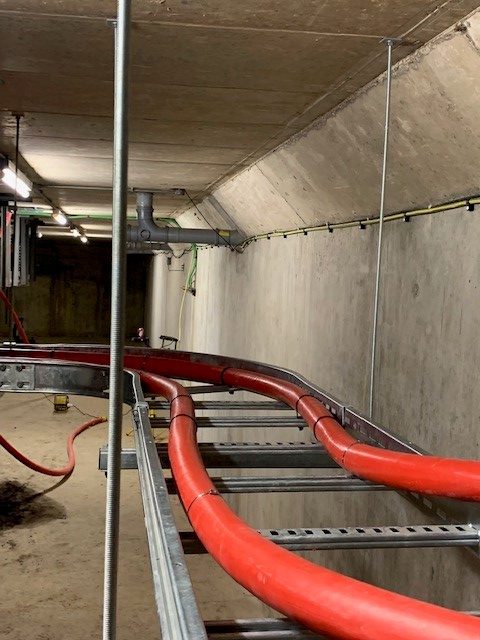SNIPEF, the Scotland and Northern Ireland Plumbing Employer’s Federation, is supporting the launch of a new campaign to help keep customers’ tap water fresh by signing up qualified plumbers in Northern Ireland to a UK-wide plumbing register. Northern Ireland Water and WaterSafe, the UK-wide accreditation body for competent and qualified plumbers, want to tackle the poor plumbing in the home or workplace which can create such problems as strange taste, discolouration, and leaks, by signing up all of the Province’s plumbers to its WaterSafe register. Legally speaking, when water leaves Northern Ireland Water’s mains and enters the pipes supplying a property it becomes the owner’s responsibility to keep it safe and free from contamination. By working together with skilled professionals, however, many of these issues can be avoided altogether or rapidly resolved. Plumbers on the register are fully trained in the Water Supply (Water Fittings) Regulations (Northern Ireland 2009), designed to keep water safe, and not waste it, as well as being appropriately insured with a customer redress scheme in place. In addition, plumbers on the WaterSafe register can self-notify their work to Northern Ireland Water – and issue a certificate stating that the plumbing work complies with the regulations, which protects customers from any legal comeback. Fiona Hodgson, CEO of SNIPEF said, “As an approved WaterSafe scheme provider SNIPEF is all about promoting high standards, quality work, professionalism and regulation in the industry. “We want to ensure that only qualified professionals can carry out plumbing and heating work so that the water is kept safe. Being WaterSafe registered is a way to do this and we encourage qualified Northern Irish operatives to join the register by contacting SNIPEF.” Becoming a SNIPEF member allows qualified plumbers to become WaterSafe registered for no extra cost. Other benefits from becoming a SNIPEF member include access to specialist advice, industry discounts, free listing on its Need a Plumber website and much more. Julie Spinks, director of WaterSafe, said: “Being a member of WaterSafe is a great way for competent plumbers to provide immediate reassurance to their customers that they are qualified to do the job and keep their drinking water safe. “WaterSafe is supported by all the water companies in the UK, as well as the water industry regulator, the Drinking Water Inspectorate. Membership comes with many benefits and we urge plumbers who are proud of their work and want to find out more about joining, or taking the final training steps to join, to get in touch today. Members of WaterSafe will benefit from; free promotion and branding, customer reassurance and a direct link to Northern Ireland Water. To join WaterSafe, plumbers must be qualified, have a water regulations certificate, and be a member of an existing approved contractors’ scheme. In Northern Ireland this can be the Scottish and Northern Ireland Plumbing Employers’ Federation or the Chartered Institute of Plumbing and Heating Engineering. Once a member of one of these schemes, plumbers can join WaterSafe for free. Plumbers interested in finding out more can visit watersafe.org.uk/howtojoin or call 0333 207 9030. For more information on a SNIPEF membership call 0131 556 0600 option 1.













